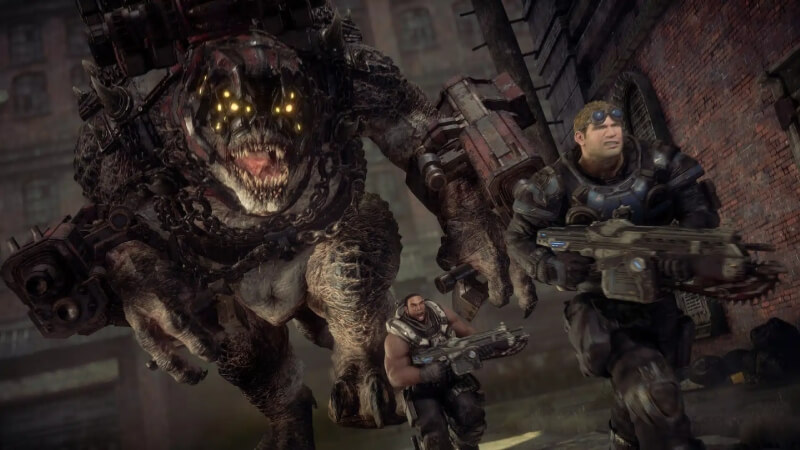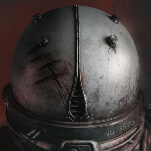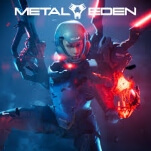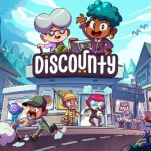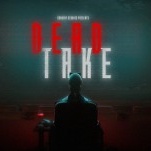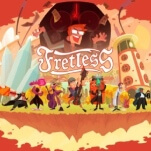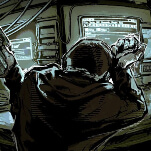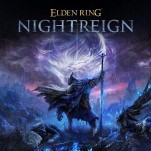Gears of War: Reloaded Is an Upscaled Snapshot of a Distant, Darker Time
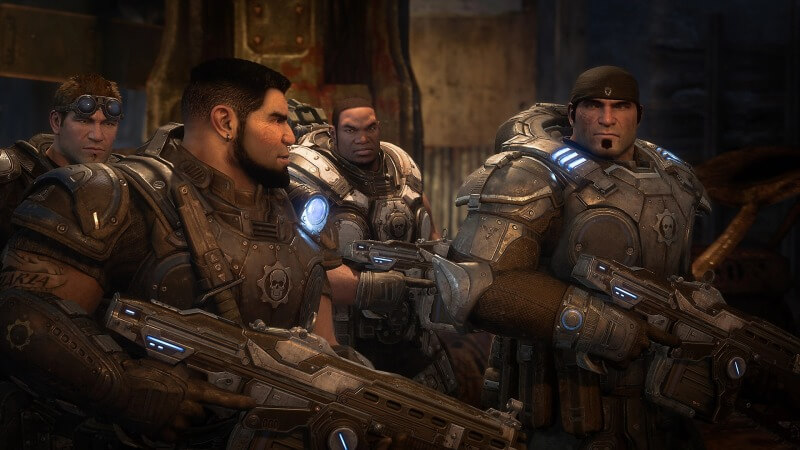
When I played (and replayed, and replayed) the first Gears of War on my Xbox 360, I fell in love. Not necessarily with the game’s no-necked, over-muscled protagonists or the post-9/11 political commentary, although I still have a soft spot for both, which is why I’ve also played every single Gears game since. I would argue, by the way, that both the character writing and political commentary get better and better as the games go on; the first one is by far the weakest and most superficial. And yet it does achieve something special, which is its devotion to the power of friendship. It’s designed to be played with a buddy, and both the story and mechanics reinforce that, every step of the way.
Gears of War: Reloaded, a new 4K remaster of the game, changes what was perhaps the most defining aspect of the original, which was its status as an Xbox exclusive. A year after its initial release, Gears of War did come to Windows PCs, and its 2015 remaster, Gears of War: Ultimate Edition, came out on both Xbox One and Windows. This reflected that the game was very firmly a Microsoft product. It was never released on Steam, nor has it ever been available on any PlayStation console. Not until now, with Gears of War: Reloaded, which puts the game on Steam and PS5, including crossplay for the campaign and multiplayer modes. It’s a decision that’s long overdue for a game that is truly meant to be a cooperative experience. It’s now much easier to find a friend to play Gears of War with you.
For this review, I did play Gears of War: Reloaded by myself, and I still had a wonderful time thinking back on how much fun I had playing the original version of the game with a rotating cast of my college friends in the mid 2000s. The campaign for the game is short; you can beat it in about nine hours, or one super-packed gaming weekend. Unfortunately, Gears of War: Reloaded preserves a problem that the very first game (and its remaster) had, which is that the AI for “player two” character Dom is just not that great.
While playing through the campaign of Reloaded, I soon lost count of the number of times I saw my NPC buddy rushing into open fire only to immediately die. I mostly felt like I was going through battles alone. It was particularly tough any time the two of us had to team up to take down a Berserker, a huge enemy that charges at the player and requires special circumstances or weaponry to kill. The first time you face one of these in Gears of War, the encounter results in an instant “Game Over” if either Marcus or Dom dies. Not so bad if both Marcus and Dom are controlled by human players. But the AI version of Dom kept on standing around right in front of the Berserker, so keeping him alive while also avoiding the Berserker became its own bizarre, un-fun challenge.
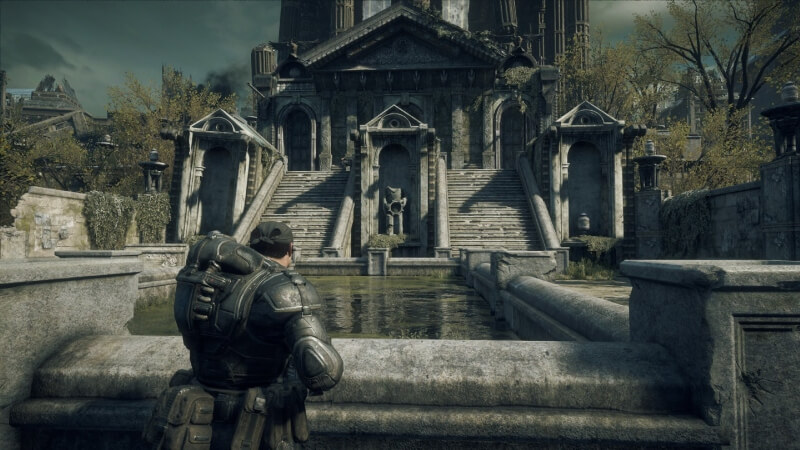
This sort of thing could be a serious drawback for players who don’t enjoy socializing and prefer a single-player experience. That’s just not what Gears of War is intended to be; the best enemy encounters in the game are like this Berserker fight, where the fun part is coordinating with a buddy to distract and redirect enemies. The AI version of Dom just can’t do that, but even if he could, the other best part of Gears is making memories with friends.
This is also why one of the most beloved multiplayer modes, added to the 2015 remaster of Gears of War, is a 2v2 shotguns-only mode. The mode, called “2v2 Gnashers,” was originally created by the fanbase in private multiplayer lobbies. It emphasizes the importance of a duo’s bond, which is also what the game’s campaign emphasizes, since Marcus and Dom are practically inseparable for the entire game. The few times that the two separate are for short sections, often involving one of you supporting the other from across a gap, or one of you pulling a switch so the other can get through a door, and so on. If you’ve built up a great rapport with a buddy while playing the campaign, it only makes sense that in multiplayer, you’d want a great duos mode. That mode is recreated in Reloaded as well.
-

-

-

-

-

-

-

-

-

-

-

-

-

-

-

-

-

-

-

-

-

-

-

-

-

-

-

-

-

-

-

-

-

-

-

-

-

-

-

-

